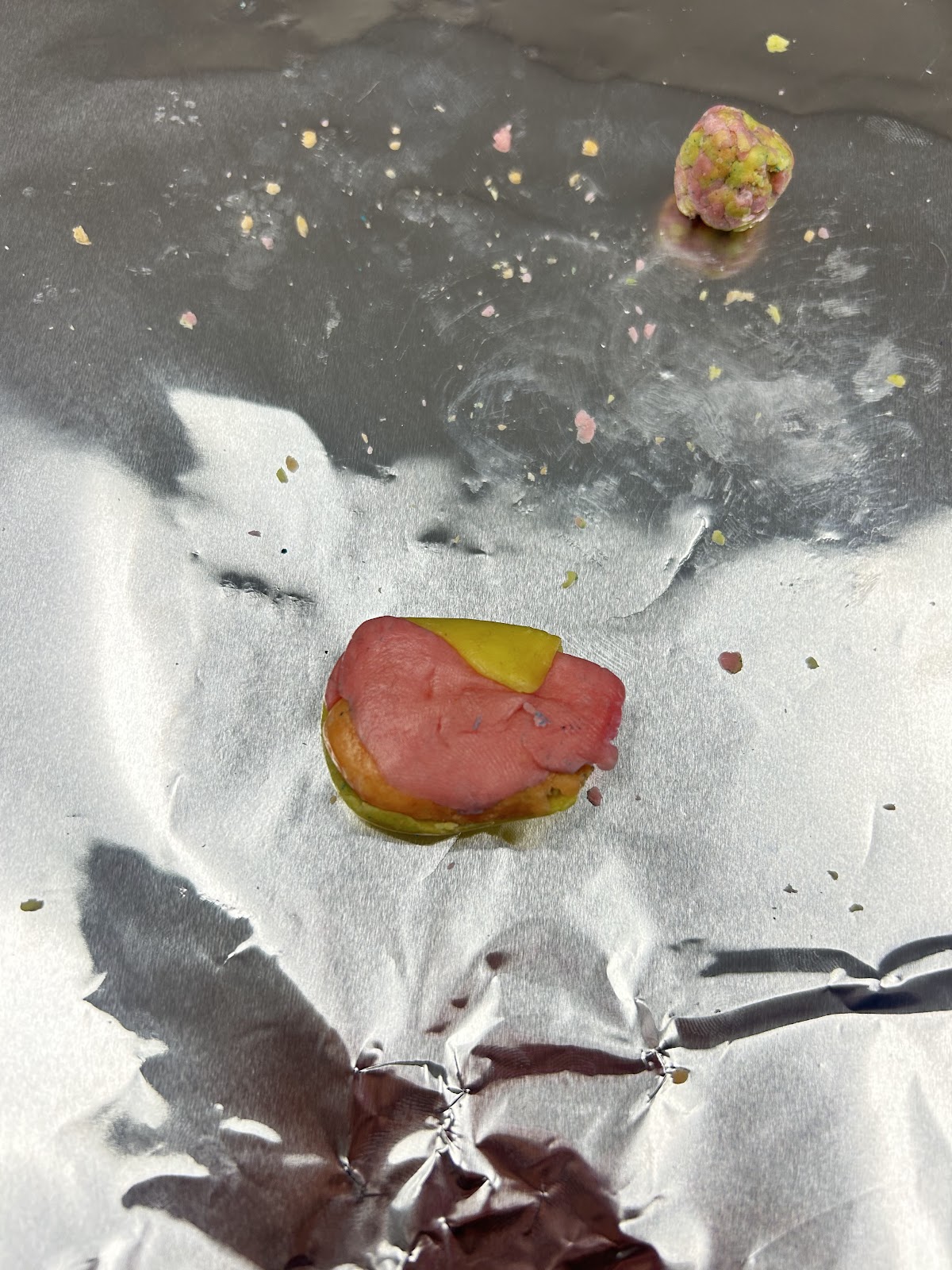Week Nine!

To begin class, we looked at a formative assessment, and we talked about different things and whether they are rocks or not. We had to base this on what we thought. I said that I thought rocks were solid materials that were made up of different particles and minerals. We then looked at the grades and curves. We looked at "what grades make a better student," but I think that it is too difficult to decide that because there are so many different factors that play into it. It is not fair to say one student is better because of their grade percentage. There is so much to look at and so much more that comes into play than just a percentage. We talked about the layers of the earth, which are the core, mantle, and crust. We then created different types of rocks out of starbursts. We made a sedimentary rock, an igneous rock, and a metamorphic rock. It was interesting because I learned about how they look and how they are created which was cool.
